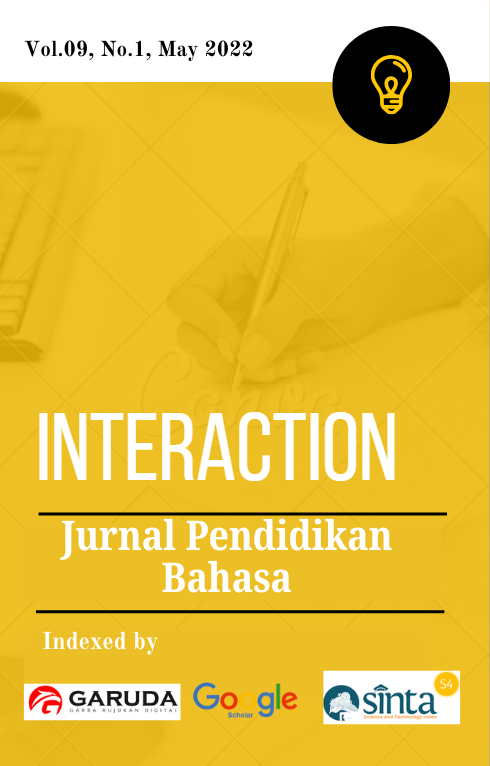Analyzing English As A Foreign Language (EFL) Textbooks From The Perspective of Indonesian Culture
Keywords:
EFL Textbook, Perspective, Indonesian CultureAbstract
Textbooks play a critical part in the teaching and learning processes. They are generally used as the basic foundations of courses in classrooms by both teachers and students. Textbooks may not be able to meet all of the demands of the teaching and learning process, but their continued existence as a teaching source is critical. They become one of the most powerful sources of learning in the teaching and learning process, as well as a reflection of a person's or nation's beliefs and views. Culture may be supported by thorough and comprehensive textbooks. This research report examines certain textbooks utilized in one of Indonesia's Junior High Schools. The writer studied the textbooks from a cultural standpoint. This is primarily because, when studying English, Indonesian students should focus on talking about and debating Indonesian culture in English rather than the culture of English-speaking nations. The writer used Bryam's criteria to study and examine the cultural components of English textbooks. Byram's criteria is deemed adequate and complete. This series of checklists is inspired by the concept of cultural learning and teaching as an intrinsic aspect of language instruction. The findings indicate that the textbooks under consideration included local or Indonesian culture. These findings highlight the need of revising English teaching materials in order to contribute to the improvement of English textbooks in Indonesia.








